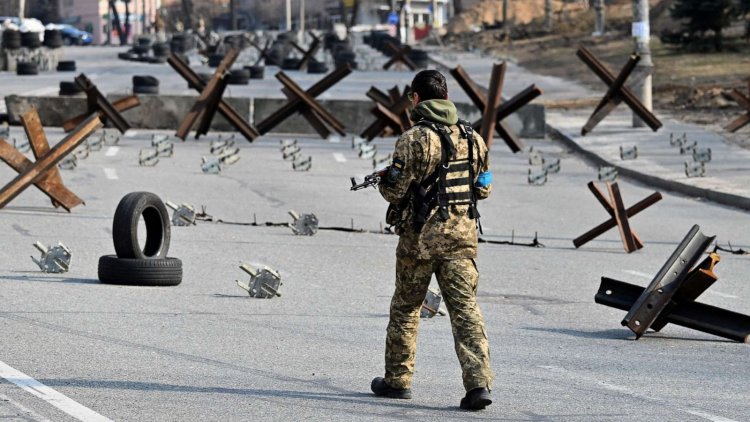Ukraine Conflict: Lessons
STORIES, ANALYSES, EXPERT VIEWS

India has been taking a hard look at the lessons of the Ukraine war.
Asymmetric warfare
Speaking in Pune in January, army chief General Manoj Pande said that the ongoing conflict had brought to the fore 'the impact of asymmetric warfare, potential of information warfare, digital resilience, weaponisation of the economic mechanism, communications redundancy, space-based systems and many more — all driven by technological prowess.’
Conventional weapons remain relevant
As the war enters its second year, Manoj Joshi (distinguished fellow, Observer Research Foundation, New Delhi) writes “it would be prudent to hold back judgment on some of the issues that had gained salience last year. The tank has not become obsolete….” And “artillery remains the queen of battle, and its use is devastating. However, the accuracy and longer range of western supplied systems used by the Ukrainians have ensured that the Russian-style massed artillery may have had its day….”
India, China comparison
General Pande’s reference to asymmetric warfare, states Manoj “is about the main lesson from Ukraine: Modern inter-State war need not be a short, sharp affair. If prolonged, attrition sets in….
“In terms of asymmetry, China presents a similar challenge. Chinese military expenditures at $229 billion are three times that of India. While in terms of numbers, troops facing each other along the Line of Actual Control may be roughly equal, the Tibetan plateau, with its excellent infrastructure, enables the Chinese to double, if not triple, their numbers within a month. Indian infrastructure may be expanding, but it cannot equalise the geographic advantage that the Chinese have.”
The Indian Army, writes Manoj “needs to expand its artillery — guns and missiles — manifold. More important is the need to integrate drones into the system…..
“Another lesson from Ukraine is that in real wars, ammunition consumption is orders of magnitude above those in paper exercises. Equally important is ensuring that all critical ammunition is manufactured in India and has facilities that can be quickly scaled up.”
Reports suggest that there are delays of some Russia “spares for Kilo-class submarines, MiG-29 fighters and Mi-17 transport helicopters, as well as for the project to make AK 203 assault rifles and the supply of four Grigorovich (Talwar)- class guided missile frigates whose engines would have been made in Ukraine.”
Given all this, Manoj concludes “New Delhi realises it must be self-reliant in all significant areas relating to the military. Accordingly, it is working overtime to build its defence-industrial capacity, but it will not yield significant results for another two decades. At present, though, India remains in an awkward situation where it will remain reliant on Moscow for key capabilities for its military, even while its strategic partnership with Washington is getting even closer.”
















